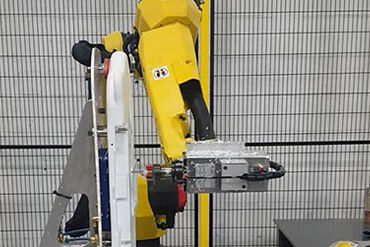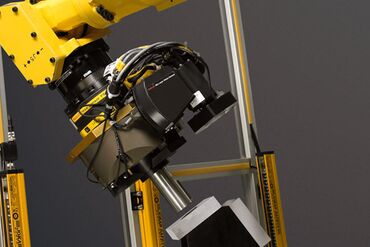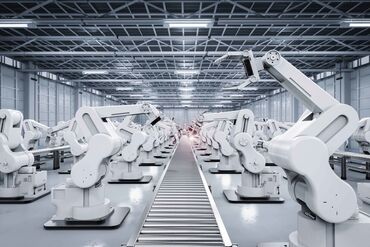Productivity with robotic welding fixtures
Apr 21, 2013
When an automated welding system is integrated onto a production line, it is important to pay attention to the precise layout in order to achieve maximum speed and accuracy. When welding systems are automated, you will notice a higher throughput and more consistent product every time.

The addition of a robotic welding cell to a manufacturer’s facility can enhance productivity, but only if it is properly laid out to achieve maximum speed and accuracy.
One of the areas that must be looked at in the layout is fixturing on the robotic welding positioner. Many productivity gains are realized or lost at the design stage if fixturing is not considered. If fixture design is overlooked, it can make the robotic welding cell incredibly inefficient and costly.
Consider basic fixture design objectives to improve the productivity of the welding robotics in your shop. Ask yourself how many different pieces you plan to weld with this welding cell. For example, a dual-sided turntable can be set up with fixturing for two different parts. While the robotic welder is welding one part on side A, the worker could be preparing another part to be welded on side B. Another option is to have both sides use the same piece, to increase the speed in which that certain part is completed.
Robots.com, provides industrial robot arms and workcells from Fanuc, Motoman, KUKA, ABB, Universal Robots, and other manufacturers, works with customers to design and optimize the fixturing on their robotic weld cell to achieve the best productivity possible.
Ready to start moving your factory toward robotic automation with a welding cell? Contact Robots.com today at 877−762−6881 for information on robots, fixtures, positioners and all your welding robotic needs.
Related Articles
You might be also interested in:

- Featured
Latest Advancements in Material Cutting Robotics
Read about the latest technological advancements in robotic material cutting.

- Featured
Emerging 3D Vision Technologies for Industrial Robots
Learn about the emerging 3D vision technology that businesses are using for industrial robot applications.

- Featured
Most Popular Industrial Robotic Applications for 2021 and Projections
Explore the most popular application trends of 2021 and what to expect in the future.
Let's talk!
Request your quick quote today.
